Search for cities, countries, lakes and rivers
New Zealand
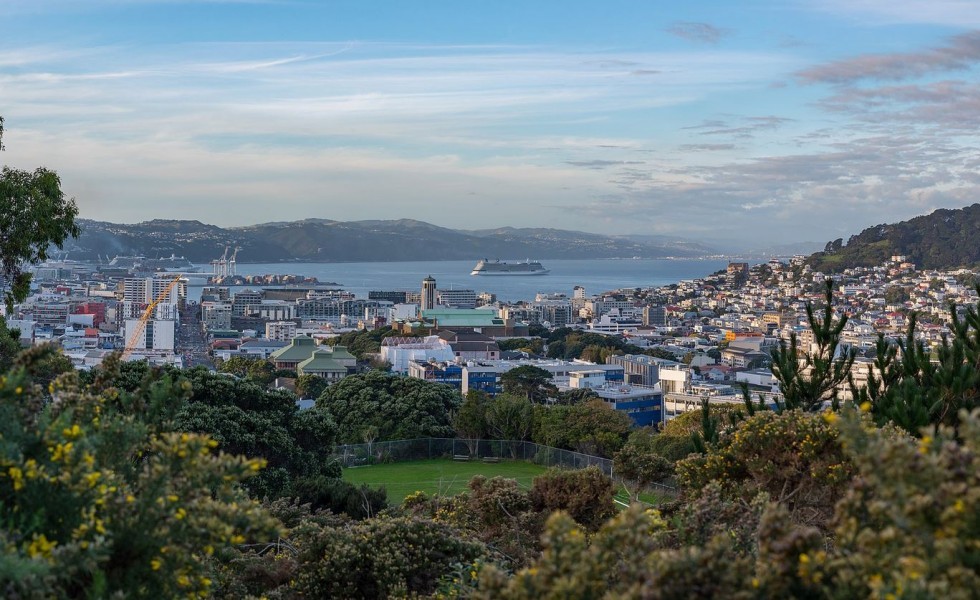
New Zealand, Wellington City Council © By Simeon W
New Zealand Sea Temperature
This page provides detailed information about the water temperature in New Zealand. All countries, cities and resorts on the coast. The range of sea temperatures for today. We find every spot where you can swim and tell you what the water temperature is there today and throughout the year.
Current Sea Temperature
11.5°C
minimal
14.7°C
average
16.4°C
maximum
Graph of Sea Temperature Changes in New Zealand Over the Last 60 Days
The Warmest Places on the Seaside in New Zealand Today
The Most Popular Seaside Resorts in New Zealand
Seas and Oceans that Border New Zealand
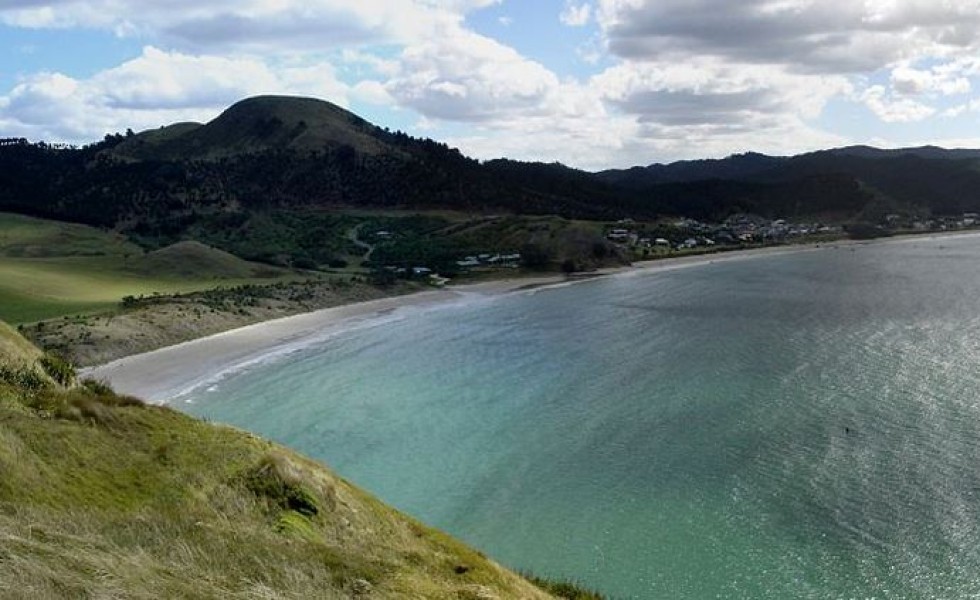
New Zealand, Waikato © wikimedia.org
New Zealand: List of Regions
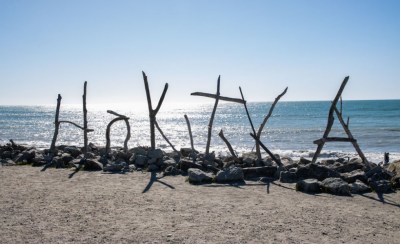
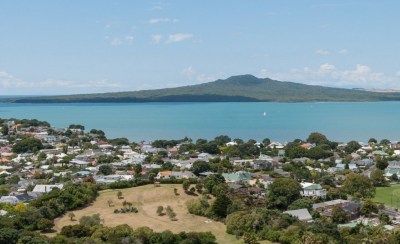
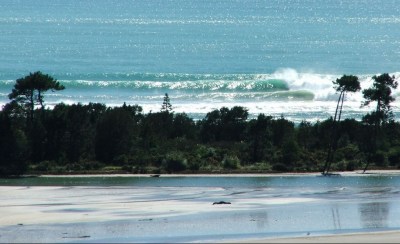
Water Temperature in New Zealand: General Trends and Swimming Opportunities
New Zealand, located in the southwestern Pacific Ocean, is renowned for its beautiful coastlines and natural landscapes. The sea temperatures around New Zealand are cooler compared to tropical destinations, with the waters off the northern coasts, such as those near Auckland and the Bay of Islands, typically ranging from 18°C (64°F) in winter to 23°C (73°F) in summer. In the southern regions, the temperatures can be as low as 10°C (50°F) in winter, with summer temperatures reaching about 15°C (59°F). This makes the northern regions more comfortable for swimming throughout the year, while the southern regions may require a wetsuit for most aquatic activities.
New Zealand’s beaches are a popular destination for swimming, offering everything from sheltered bays to more rugged surf beaches. The North Island, particularly in places like Waiheke Island, Coromandel, and the beaches around Tauranga, provides ideal swimming conditions with calmer waters and warmer temperatures. The South Island has some beautiful coastal areas as well, such as Abel Tasman National Park, where you can enjoy crystal-clear waters and sandy beaches, though the water tends to be cooler.
In addition to swimming, New Zealand is famous for its outdoor lifestyle, with abundant opportunities for water sports. The country’s beaches are perfect for surfing, especially along the West Coast and in areas like Raglan and Piha. Snorkeling, diving, and kayaking are also popular in the pristine waters surrounding the islands. Whether you’re swimming in the calmer northern beaches or enjoying more active water sports on the rugged coasts, New Zealand’s coastal waters offer a wide range of experiences for beachgoers and adventure seekers alike.
General Information and Geographical Location of New Zealand
Original name of the country: Aotearoa
New Zealand is located in Australia and Oceania. The country is washed by two seas, such as the Pacific Ocean, the Tasman Sea. New Zealand - has a fairly long coastline. To determine the temperature of the water in it, we track 44 settlements and resorts. Link to Google Maps.
New Zealand Weather
New Zealand has a temperate climate, with conditions that vary significantly between the North and South Islands. The North Island is generally warmer, with summer temperatures averaging between 70°F and 85°F (21°C to 29°C), while winters are mild, rarely dropping below 50°F (10°C) in most areas. The South Island, on the other hand, experiences cooler conditions, with summer temperatures ranging from 65°F to 80°F (18°C to 27°C) and winter temperatures often falling to 32°F (0°C) or lower, especially in mountainous regions. Rainfall is distributed throughout the year, with the western coast receiving much more precipitation than the eastern areas due to prevailing westerly winds.
New Zealand’s weather is strongly influenced by the surrounding Pacific Ocean, leading to rapid changes in conditions. The country experiences four distinct seasons, but they are opposite to those in the Northern Hemisphere—summer lasts from December to February, and winter from June to August. Snow is common in the South Island’s alpine regions, making it a popular destination for winter sports. Coastal areas have milder winters and rarely see snow. Strong winds, particularly in Wellington and other central regions, are a well-known feature of New Zealand’s climate, earning the capital city the nickname Windy Wellington.
Frequently Asked Questions About New Zealand and its Water Temperatures
What is the sea temperature today on the coast of New Zealand?
The sea temperature today on the coast of New Zealand ranges from from 53°F (11.5°C) in Portobello to 62°F (16.4°C) in Whangarei.
Which seas and oceans border New Zealand?
New Zealand has access to two seas: the Pacific Ocean and the Tasman Sea.
How long is the coastline in New Zealand?
According to The World Factbook, the length of New Zealand's coastline is 9,403 miles (15,134 km), while the World Resources Institute estimates it at 10,693 miles (17,209 km).
What is the best time for swimming and beach holidays on the coast of New Zealand?
In New Zealand, the average monthly sea temperature does not rise above 68 degrees Fahrenheit (20 degrees Celsius) in any month of the year. But the highest water temperature occurs in February and reaches 75 degrees Fahrenheit (24 degrees Celsius).
What is the sea temperature history in New Zealand?
Here are the ranges of sea temperatures in New Zealand by month based on historical data: in January from 51°F (11°C) to 75°F (24°C), in February from 53°F (12°C) to 75°F (24°C), in March from 53°F (12°C) to 75°F (24°C), in April from 51°F (11°C) to 73°F (23°C), in May from 48°F (9°C) to 69°F (21°C), in June from 46°F (8°C) to 66°F (19°C), in July from 44°F (7°C) to 64°F (18°C), in August from 46°F (8°C) to 64°F (18°C), in September from 46°F (8°C) to 64°F (18°C), in October from 46°F (8°C) to 66°F (19°C), in November from 46°F (8°C) to 71°F (22°C), in December from 50°F (10°C) to 73°F (23°C).
